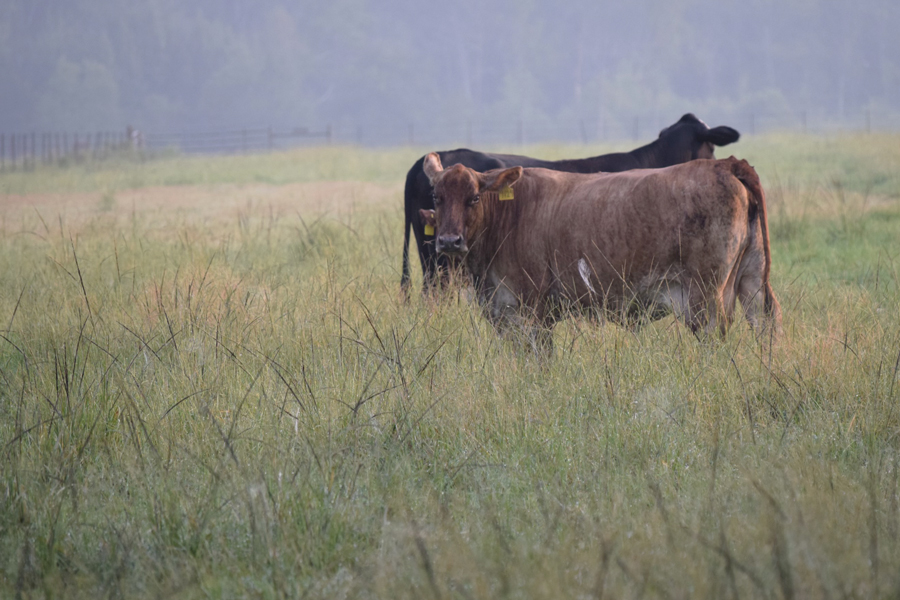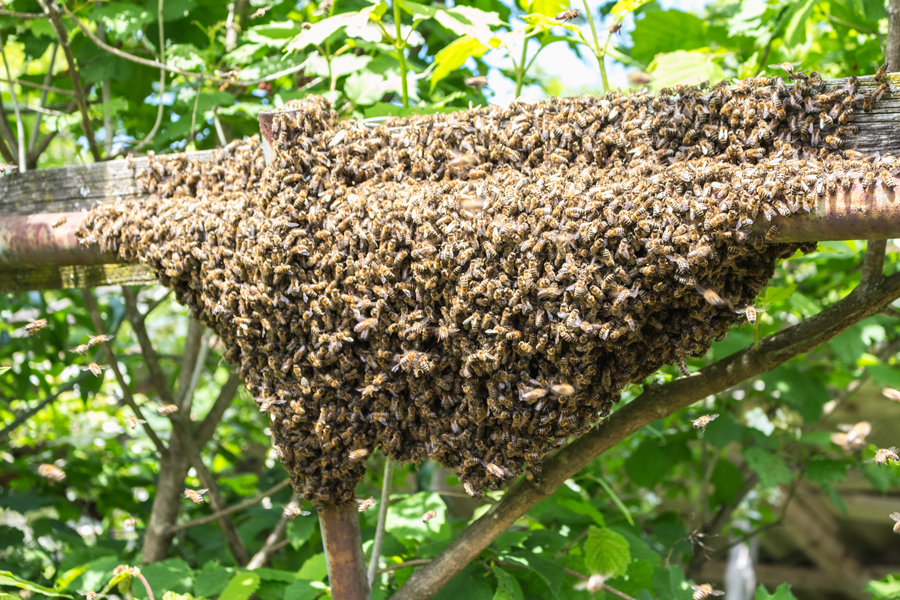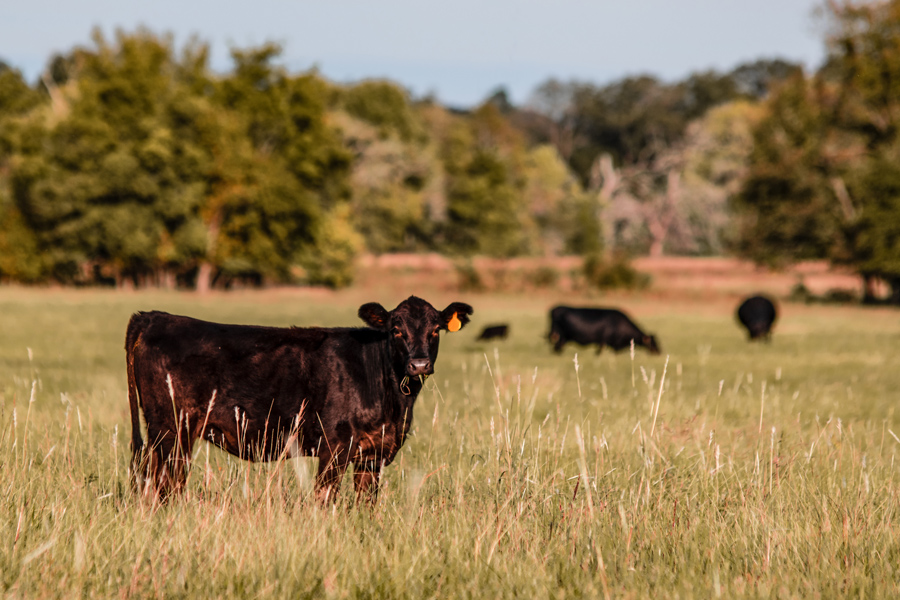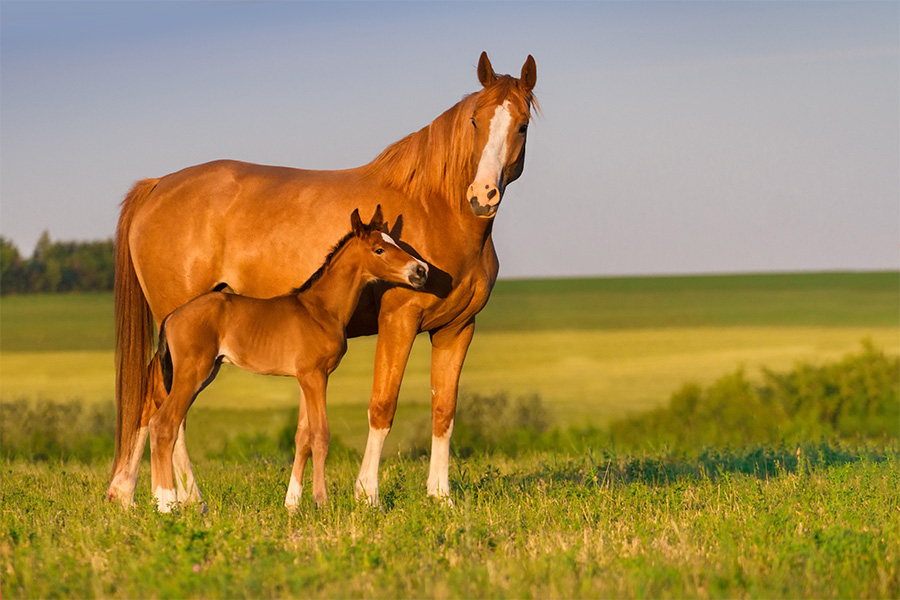Animal Production
-

Composting is a natural process where beneficial microorganisms decompose and transform organic materials into a useful and biologically stable end-product that is safe for the environment. This process has worked well for many poultry producers nationwide as a means of processing their daily poultry mortality.
Casey W. Ritz
|
-

B 1270
Poultry Litter Sampling
Poultry litter is a mixture of poultry manure, feathers, wasted feed, and bedding material that contains nitrogen, phosphate, potash, and other nutrients essential for plant growth. Poultry litter can vary considerably in nutrient content due to bird type, feed composition, bedding materials used, clean-out frequency, storage and handling practices, use of litter amendments, and other factors. Therefore, sampling poultry litter to obtain a nutrient content analysis is an important step for managing manure nutrients appropriately.
Casey W. Ritz
|
-

Horses have relatively long life spans compared to other livestock and companion animals, often living into their late 20s and early 30s. Many horses have productive careers into their 20s. In fact, in many disciplines, horses do not peak until their teenage years. Good nutrition, maintenance and veterinary care allow horses to lead longer and more productive lives. However, as horses age, their needs change and additional care may be required to keep them as healthy as possible. This publication addresses changes in the aging horse’s body that impact its requirements, possible ways to meet these requirements, and solutions to problems that may occur.
Kylee Jo Duberstein
|
-

Disease prevention is much less stressful and costly than disease control and recovery. Biosecurity measures are a critical component of disease prevention. Use this list to rate your disease prevention practices and preparedness.
Casey W. Ritz
|
-

A good grazing management plan is essential to producer success for any grazing livestock production system. One of the keys to building a grazing management plan is to have a good understanding of the stocking rate on your farm and how this relates to forage availability. Stocking rate is a critical factor in all grazing operations, no matter the livestock species. By accurately determining stocking rate, understanding their grazing management options, and measuring forage availability producers can develop an effective grazing management plan for their operation. Additional author: Justin Burt, Postdoctoral Research Associate, UGA CAES Department of Crop and Soil Sciences
Steve Morgan, Jennifer J. Tucker, and Lisa Baxter
|
-

This publication provides suggestions regarding the proper tuning of a poultry processing plant to meet the USDA-FSIS standards for Salmonella levels, regardless of incoming Salmonella levels.
Casey W. Ritz
|
-

This circular is for property owners who have unwanted honey bee swarms on their lands or colonies nesting inside walls. It explains these natural processes and gives options for dealing with them.
Keith S Delaplane
|
-

Drought can have a double impact on cattle producers. Not only is forage limited during the grazing months, but also the production of hay is limited. With the lack of forage, both grazed and conserved, many producers are looking for sources of feed for their cattle going into the fall and winter. Hay is an option, but it’s not the only option. Hay replacement rations can be an economical option to purchasing additional hay. Grains are often cheaper per unit of energy than hay, especially when hay prices increase during a drought period.
When considering these feeding options, producers should consider three major issues: 1. Cost of the potential feeds and their nutrients, 2. Which rations will meet the nutritional requirements of their cattle, and 3. How to properly feed cattle with the hay replacement ration.Lawton Stewart and Jason Duggin
|
-

A solid understanding of mare cyclicity is the foundation on which to build or evaluate an equine breeding program. Horses differ from other species both in timing of cyclicity as well as endocrine patterns within a cycle. Basic principles can aid horse breeders in more effectively timing and breeding with or without hormone manipulation.
This publication provides an in-depth explanation of the science behind horse breeding.
Jillian Bohlen
|